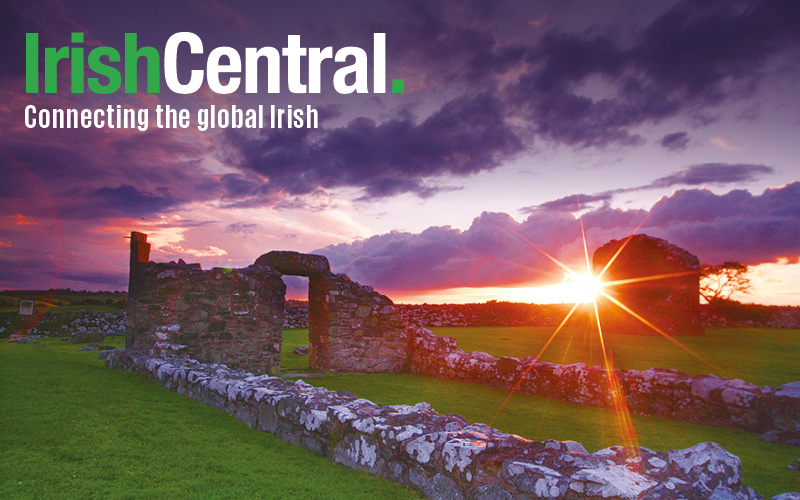Within Northern Ireland marginalized infant and adult burial in unmarked graves is an issue which has impacted over time on the different religious and cultural traditions of our collective community.
My research has highlighted this issue and the plight of those buried in this way, but the nature of the research raises other questions and concerns; ultimately that of protection within the legal system for these burial grounds attached to religious establishments including institutional burial grounds, workhouse cemeteries, poor ground and what has been regarded in the past as industrial schools. Added to these is the similar plight of archaeological sites known as Cilliní (pl) or 'Children's Graveyards'.
These small furtive burial grounds are scattered across the landscape of Ireland and within a temporal context represent a cultural tradition which was deeply rooted in the psyche of Irish Christians; the problem of how to bury those infants who died without the sacrament of baptism.
The Milltown Cemetery scenario arose from the objection of relatives to the fact that the Catholic Church sold off 37 acres of cemetery land in 2000 to The Ulster Wildlife Trust to establish The Bog Meadows Nature Reserve. The problem was that the land contained a number of acres which had been used for the burial of approximately 11,000 anabaptized infants, children and adults in unmarked mass inhumation graves. These graves ranged in size from a standard 9 x 4.5ft which could contain anything from 6/8 adults or seventy infants; to an open 'pit' containing up to 400 infants in what effectively became an area of land fill at the edge of the cemetery.
This section of land had been in use as burial ground since at least January 1937 and burial continued on this section of land until the 1990's, when the sale was negotiated between the cemetery Trustees (Diocese of Down & Connor) and the Ulster Wildlife Trust.
The cemetery has in the past resold mass inhumation Poor Ground graves as 'New Graves' during the 1970s. In relation to the records for the individuals previously buried in those graves, their names and information have been deleted with the loss of all that data. This behavior is morally and religiously reprehensible and demonstrates the need to place the ultimate control for the protection of what are classed as private cemeteries within a legal framework.
A recent survey conducted on this older section of Poor Ground at Milltown Cemetery (2012) on behalf of the War Graves Commission identified the graves of 45 soldiers in an area which is reputed to contain the remains of approximately 80,000 adults and children, all of which are buried in unmarked, mass inhumation graves.
The issue of Cilliní burial, which constitutes individual infant burial in small shallow graves, usually conducted at night by a member of the baby's family, is one which further impacts on the extent of sites such as Milltown. These burials would not be recorded in any way and usually remain unmarked in the landscape. Any work on the land to a depth of just 20 to 30cm could result in the destruction of such burials as they were not buried in a coffin; for the Milltown site I have personal interviews with people who can remember the burial of family babies in this way.
As an independent archaeologist and anthropologist with knowledge and expertise in this area, my objectives are simple I am now exploring the options for bring about new legislation for the identification, recording and protection of all such burial grounds across Ireland. I am also campaigning for the social and religious recognition of all those anonymous and marginalized burial ground which exist across Ireland. I am working with the H.U.G. Alliance (Hidden in Unconsecrated Ground) and the Milltown Action Committee; together we are actively involved in lobbying for the protection of all such sites within a legal framework.
* Toni Maguire is an archaeologist / anthropologist B.Sc. MA. the H.U.G. Alliance and the Milltown Action Committee




Comments